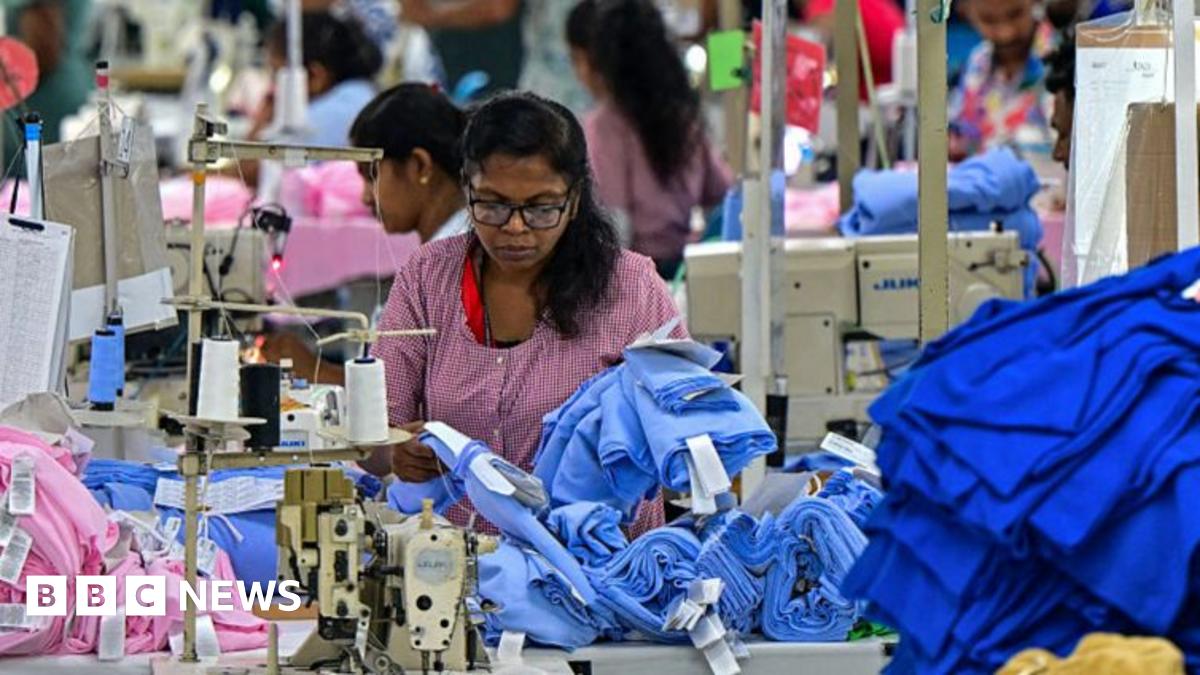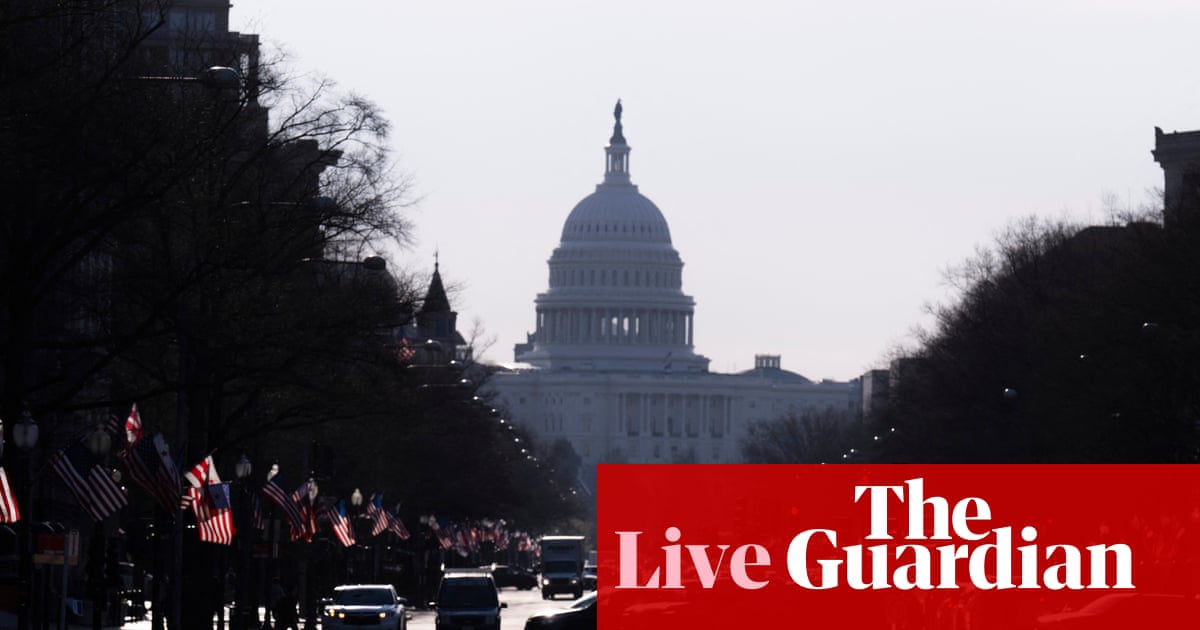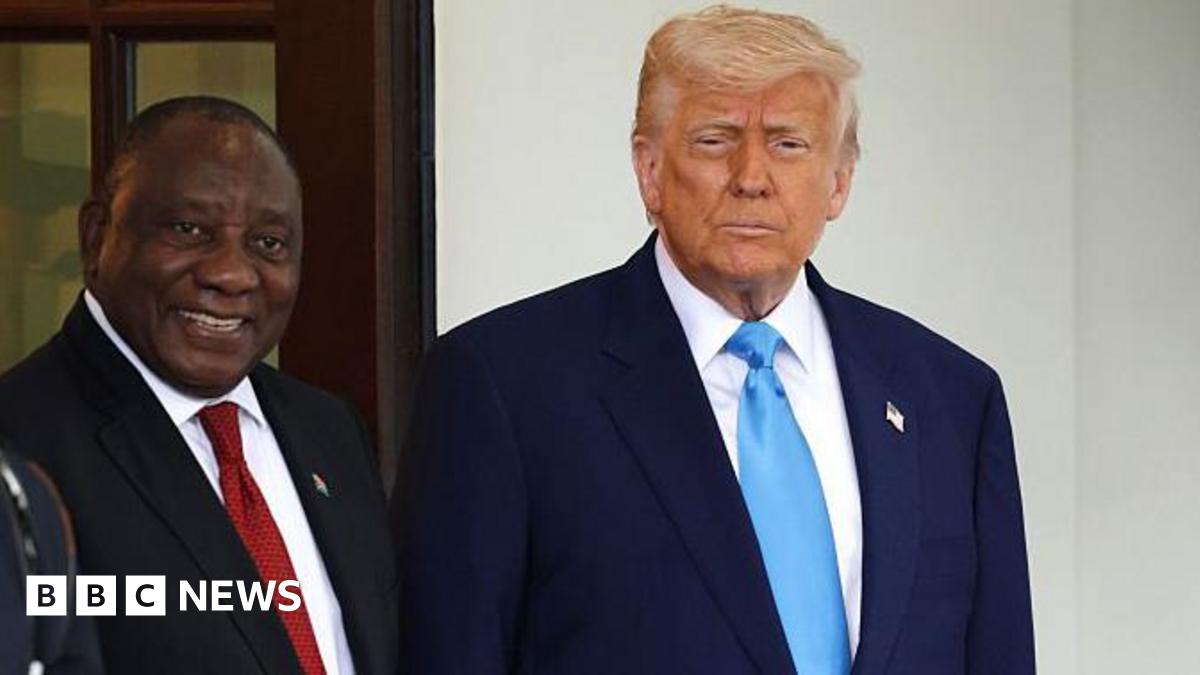T4K3.news
Garment Workers Face Job Threat from New US Tariffs
Workers in Cambodia and Sri Lanka worry as US tariffs on apparel loom large.

The looming deadline for a trade deal has garment workers in Asia anxious about their jobs.
Garment Workers Face Uncertain Future Amid Trade Tariff Threats
Garment workers in countries such as Cambodia and Sri Lanka are in a precarious situation as a trade deal with the United States remains unmet. On July 9, US President Donald Trump informed several nations about impending tariffs set to take effect on August 1. While these new tariffs are slightly lower than earlier proposals, the garment sector is still on edge. Cambodia will face a 36% tariff, while Sri Lanka's rate will be 30%. With many prominent brands like Nike and Levi's sourcing from these countries, the potential for job losses is significant.
Key Takeaways
"Millions of garment workers across Asia fear for their jobs as a deadline looms."
This highlights the anxious atmosphere among workers nearing the trade negotiation climax.
"Cambodia and Sri Lanka face tariffs of 36% and 30% respectively, adding pressure to already vulnerable economies."
These staggering tariff rates reveal the harsh realities facing these nations' garment sectors.
"While lower than earlier proposals, these tariffs do little to ease anxieties in the garment industry."
The situation illustrates the persistent worry that hangs over workers and their future job prospects.
"The clock is ticking, and workers are left anxious about their economic survival."
This statement captures the urgency of the situation for many people tied to the garment industry.
The introduction of tariffs highlights the fragile balance in the global apparel market. Countries like Cambodia and Sri Lanka depend heavily on US imports, which means that shifts in trade policy can have immediate and severe consequences for workers. The clock is ticking, and as deadlines approach, so do fears of economic instability. Brands that rely on cheap labor may be forced to reconsider their supply chains if costs rise, raising broader questions about fairness and sustainability in fashion labor markets.
Highlights
- A looming deadline threatens the livelihoods of millions.
- Tariffs could mean the end for many garment workers.
- Job security hangs by a thread as trade deals stall.
- Big brands are caught in a web of geopolitical tensions.
Significant Trade Risks Loom for Garment Workers
As tariffs on apparel products threaten economic stability, millions of garment workers face immense uncertainty about their jobs and livelihoods, leading to potential backlash against US trade policies.
As the deadline approaches, hopes for a swift resolution dwindle.
Enjoyed this? Let your friends know!
Related News

Lesotho garment workers face job insecurity amid US tariffs

Democrats accuse Trump of harming job growth

AstraZeneca invests $50 billion in US by 2030

Trump announces 30% tariffs on South Africa

Motorola's US smartphone production effort faced challenges

New tariffs implemented by Trump on 92 countries

Donald Trump marks six months in office with drastic policy changes

US economy remains strong amid Trump's tariffs
